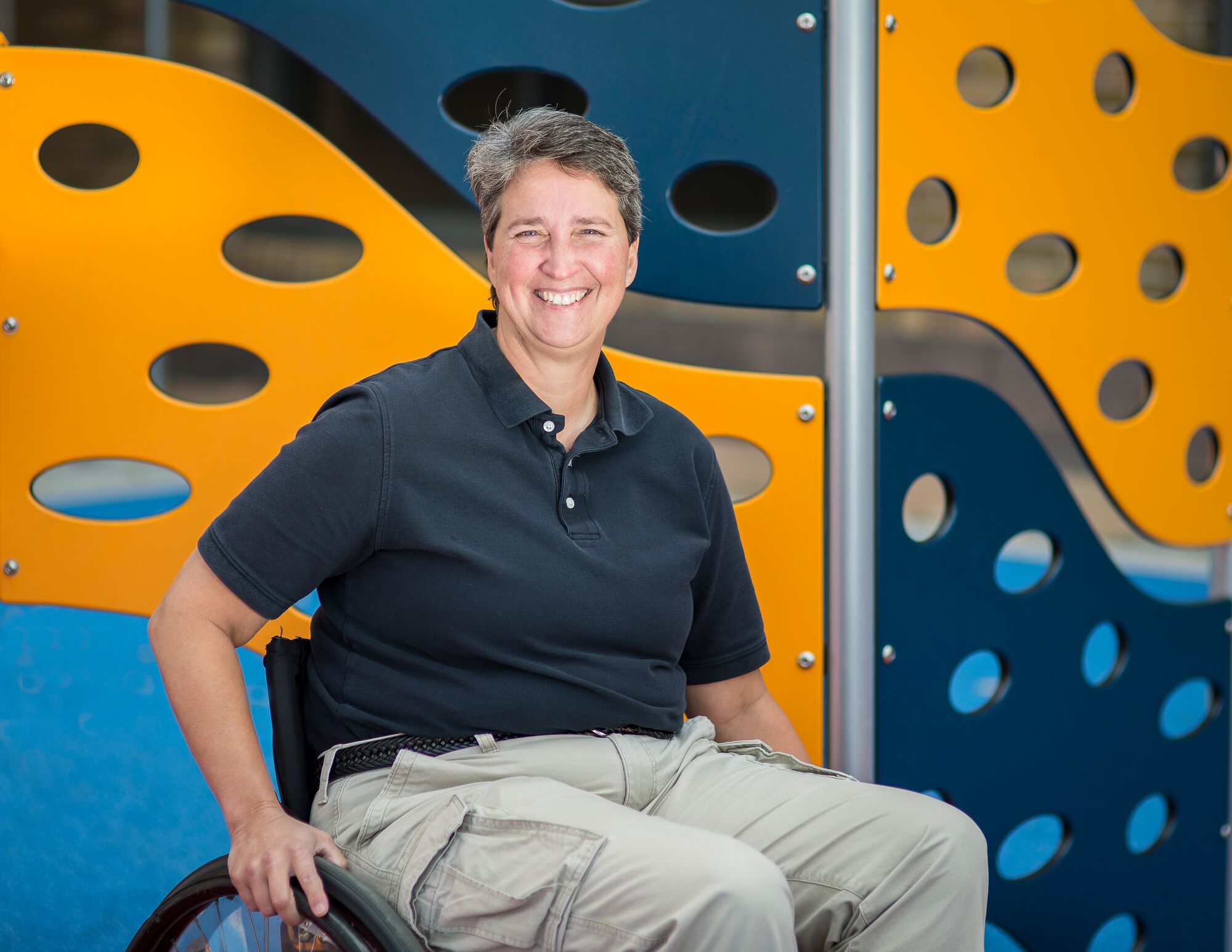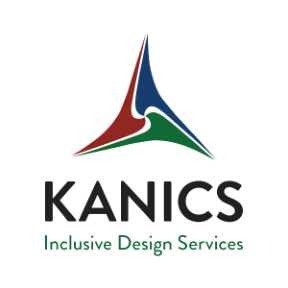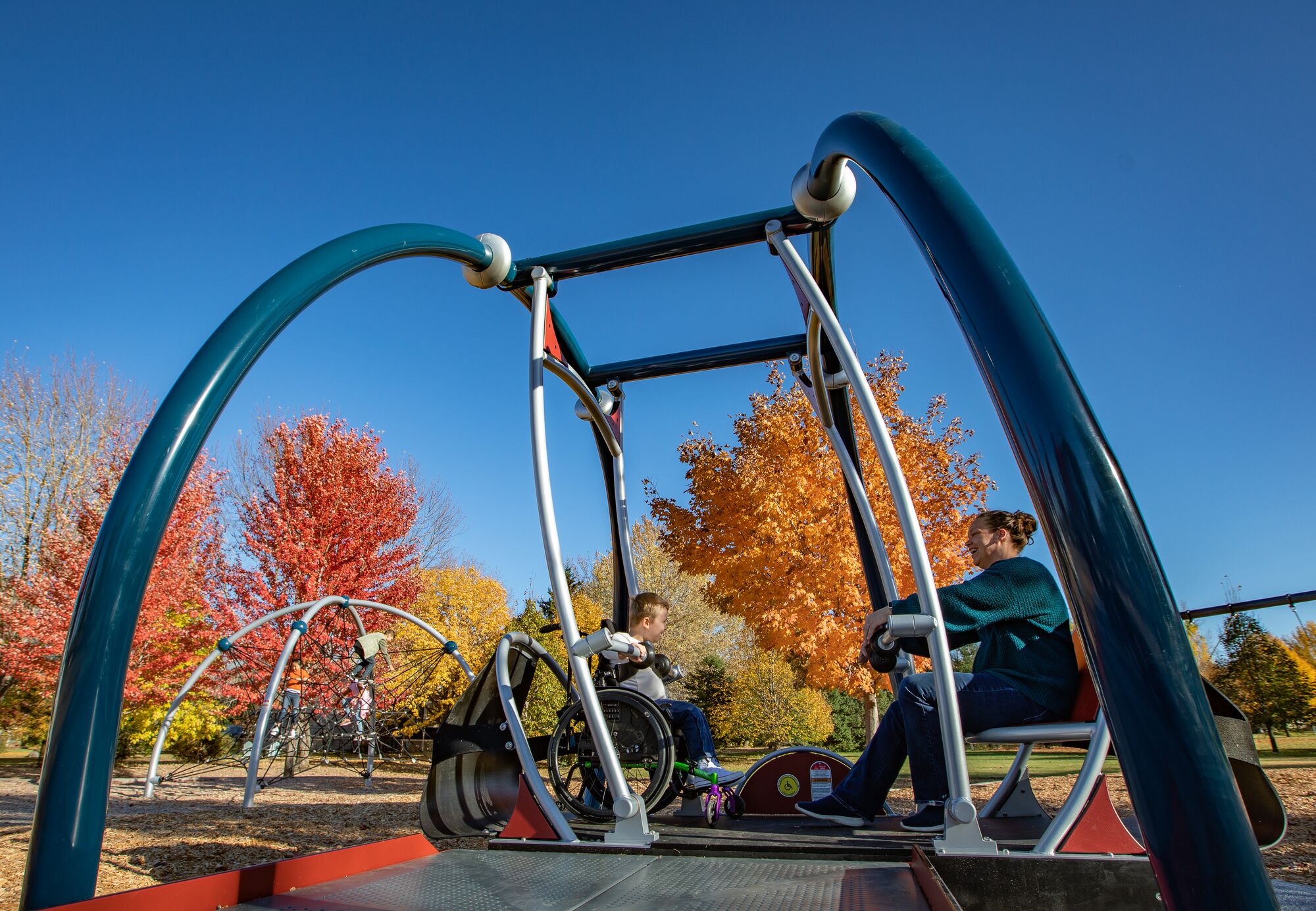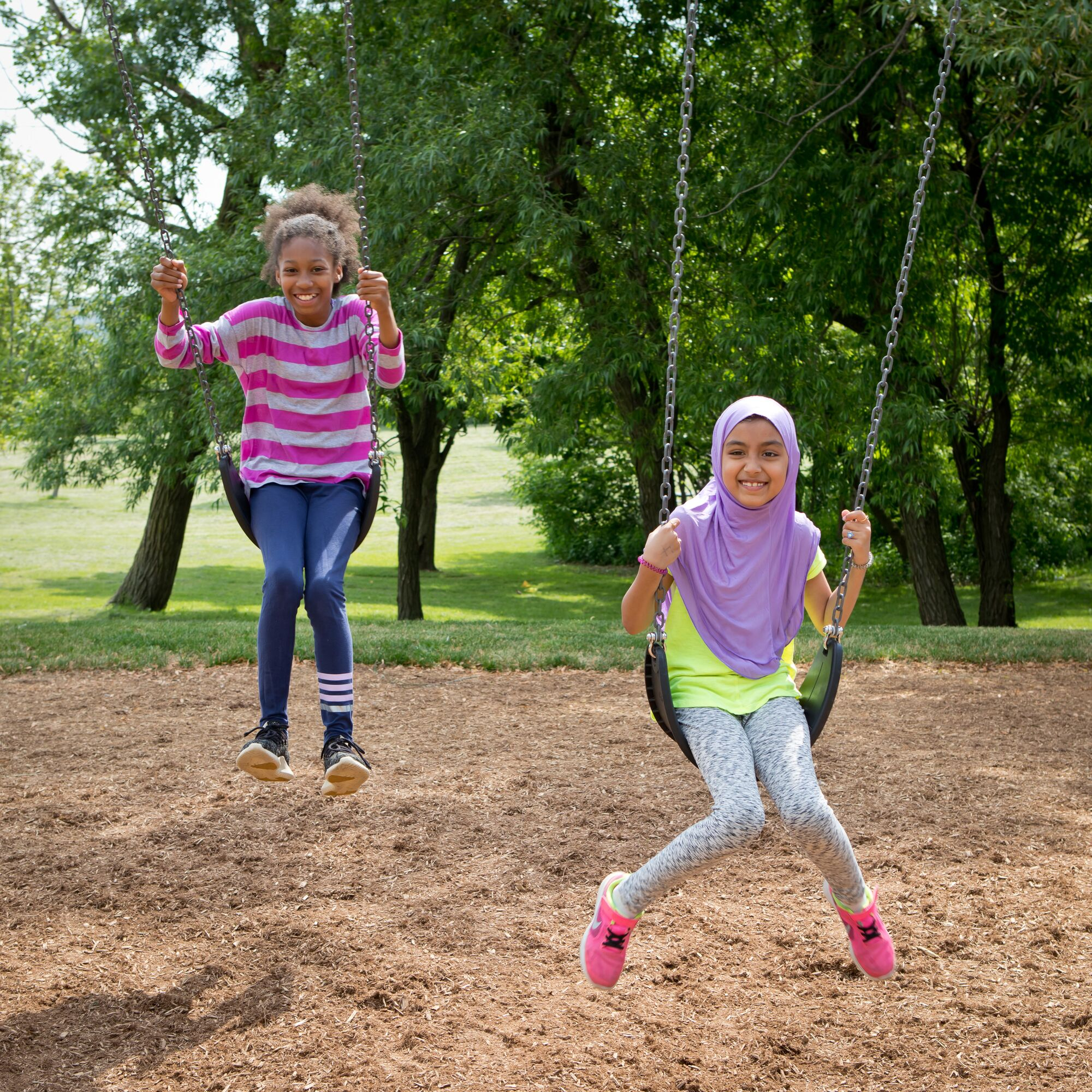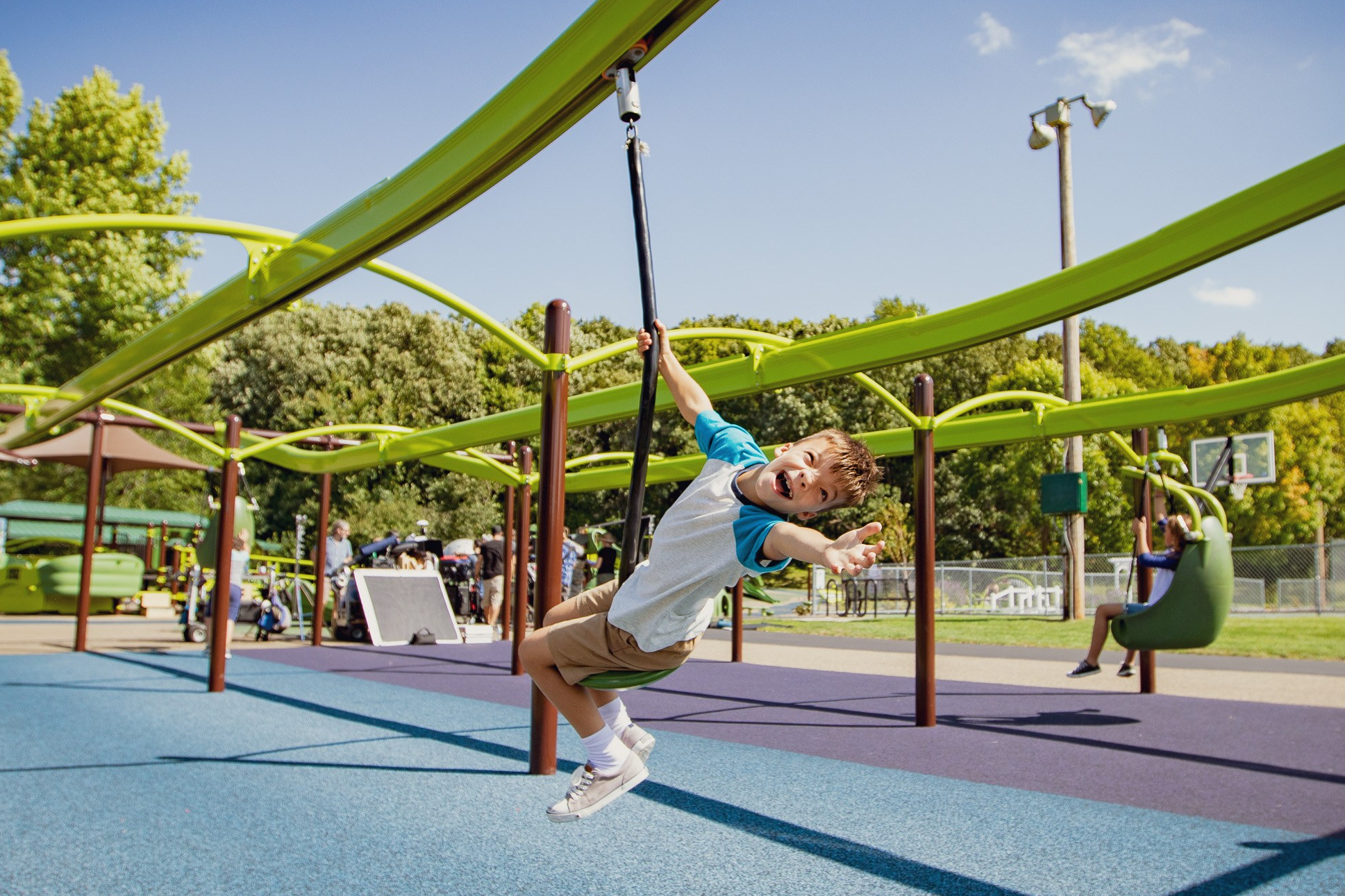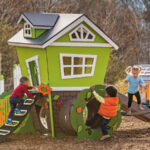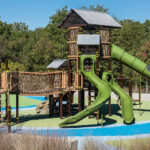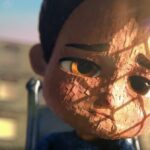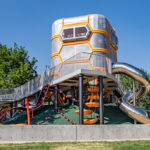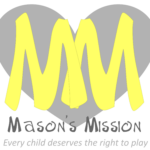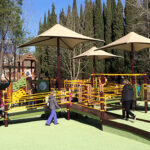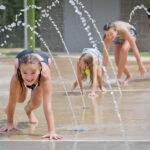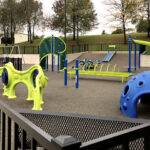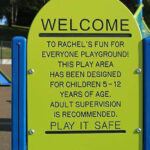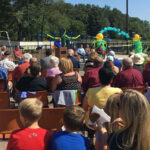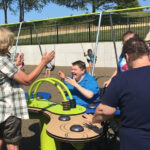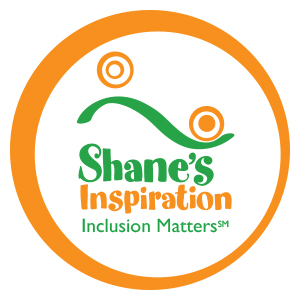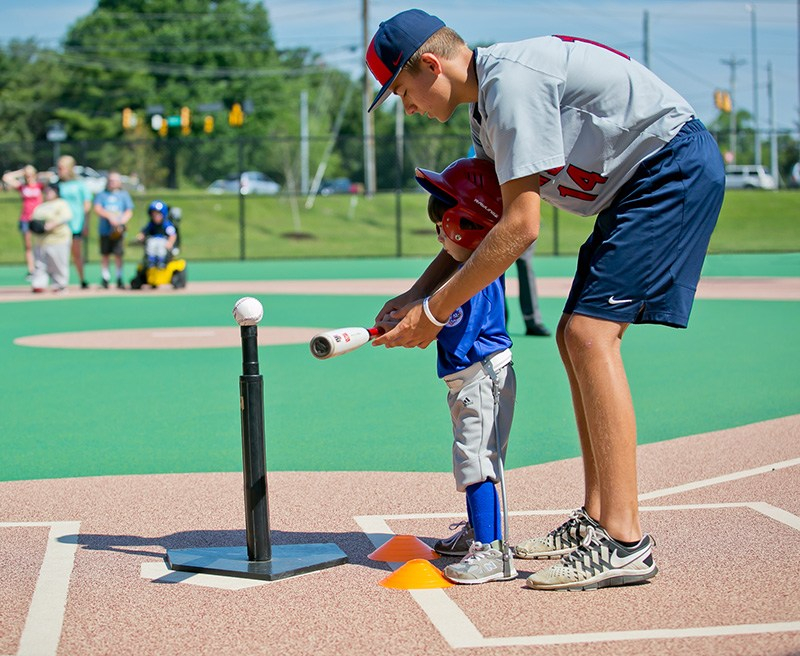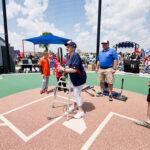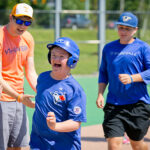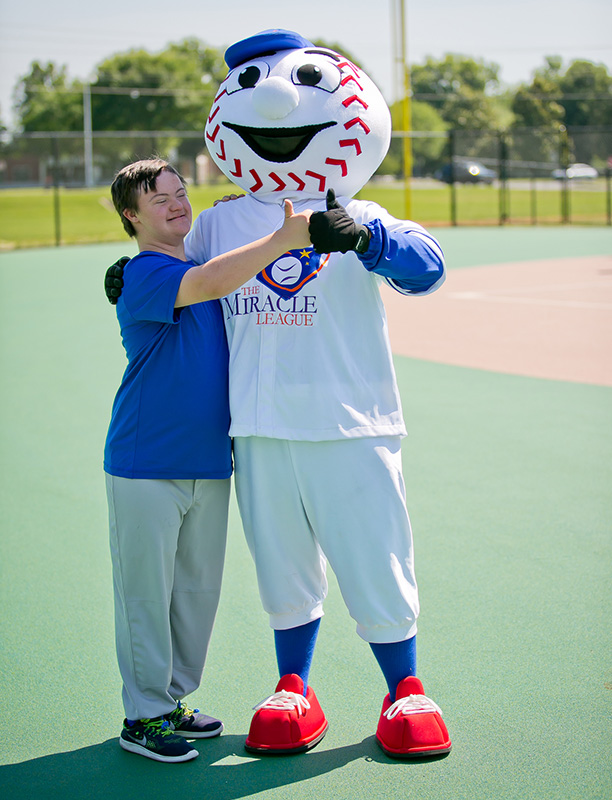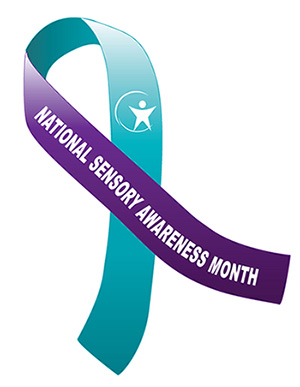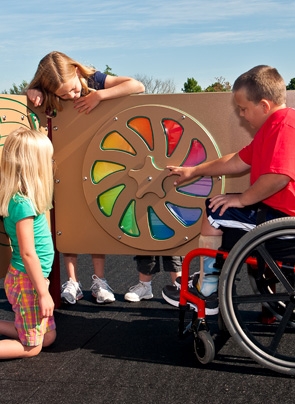In the U.S., we don’t always grasp that most of us will experience aging and varying abilities. The design of our public spaces often reflects that lack of understanding. Not everyone can easily navigate and use these spaces, including the veterans who serve our country and return home with a disability or change in ability.
However, there are bold minds who do consider the full range of ability in our society—and how we can build environments where everyone thrives. Army veteran Ingrid Kanics is one of these people.
Ingrid uses the World Health Organization’s definition of disability: “the interaction between individuals with a health condition and personal and environmental factors (e.g. negative attitudes, inaccessible transportation and public buildings, and limited social supports).”
In other words, disability is not an individual’s problem—it’s about how they are supported as they engage with the world. Ingrid helps people of all ages and abilities transcend barriers and build healthier lives by creating inclusive indoor and outdoor spaces where everyone can play.
The founder and owner of Kanics Inclusive Design Services, LLC, Ingrid is a powerhouse who combines a wide range of personal experiences and interests: a Master of Occupational Therapy and Master of Interior Architecture; a deep understanding of sensory play; a never-waning sense of wonder and curiosity.
At 29, however, Ingrid was on a different path, joining the Army with plans to train as a physical therapist and help soldiers rehabilitate. Everything changed when she sustained a profound injury to her spinal cord during basic training.
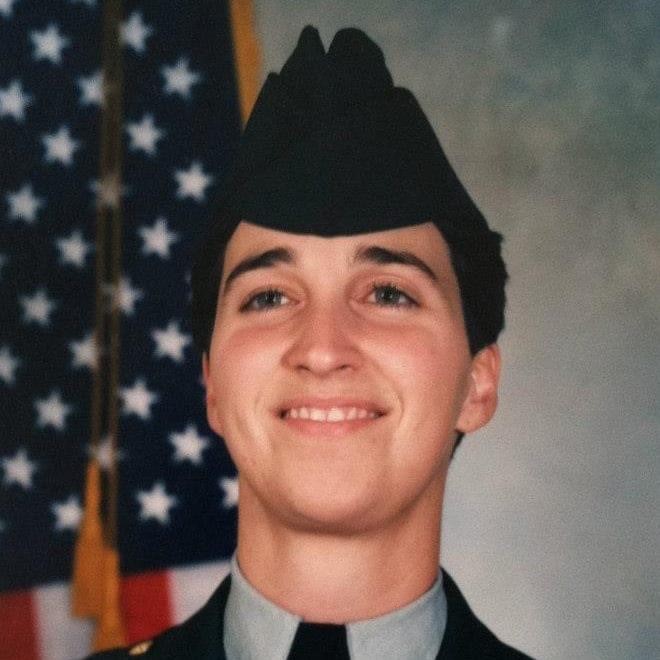
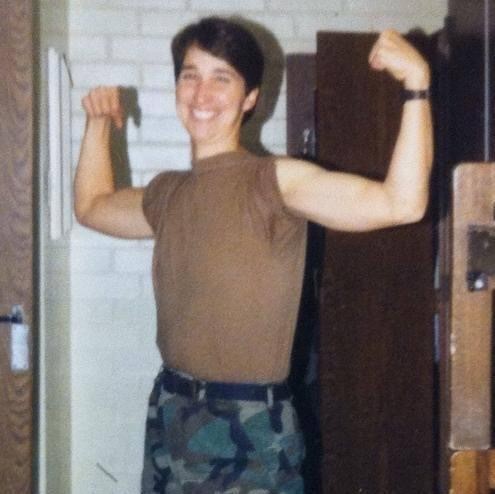
After emergency surgery and 18 months in rehab, Ingrid learned to walk again, but when she shifted her professional focus to occupational therapy, she truly found her stride. She decided to go “bimobile,” using a wheelchair part-time to manage her energy more efficiently. She became more active and started playing sports again.
During this time, Ingrid was working in maintenance at a sensory integration clinic. As she cleaned and organized the clinic, she got to know the children and families in treatment and developed a deep empathy for them. Her conversations and observations helped build a foundation for her future.
Ingrid earned her first master’s and worked with Pittsburgh’s Center for Creative Play before founding her consulting business in 2010. One of her first consultant roles came with Landscape Structures.
On projects with Landscape Structures, Ingrid collaborates throughout the product development process with everyone from engineers to the sales team. She prioritizes several factors. First, are they meeting an unfilled need? Before the team developed the We-Go Swing™, for example, there were extremely limited swing options that allow children and adults of all abilities to join and actively contribute to the play experience.
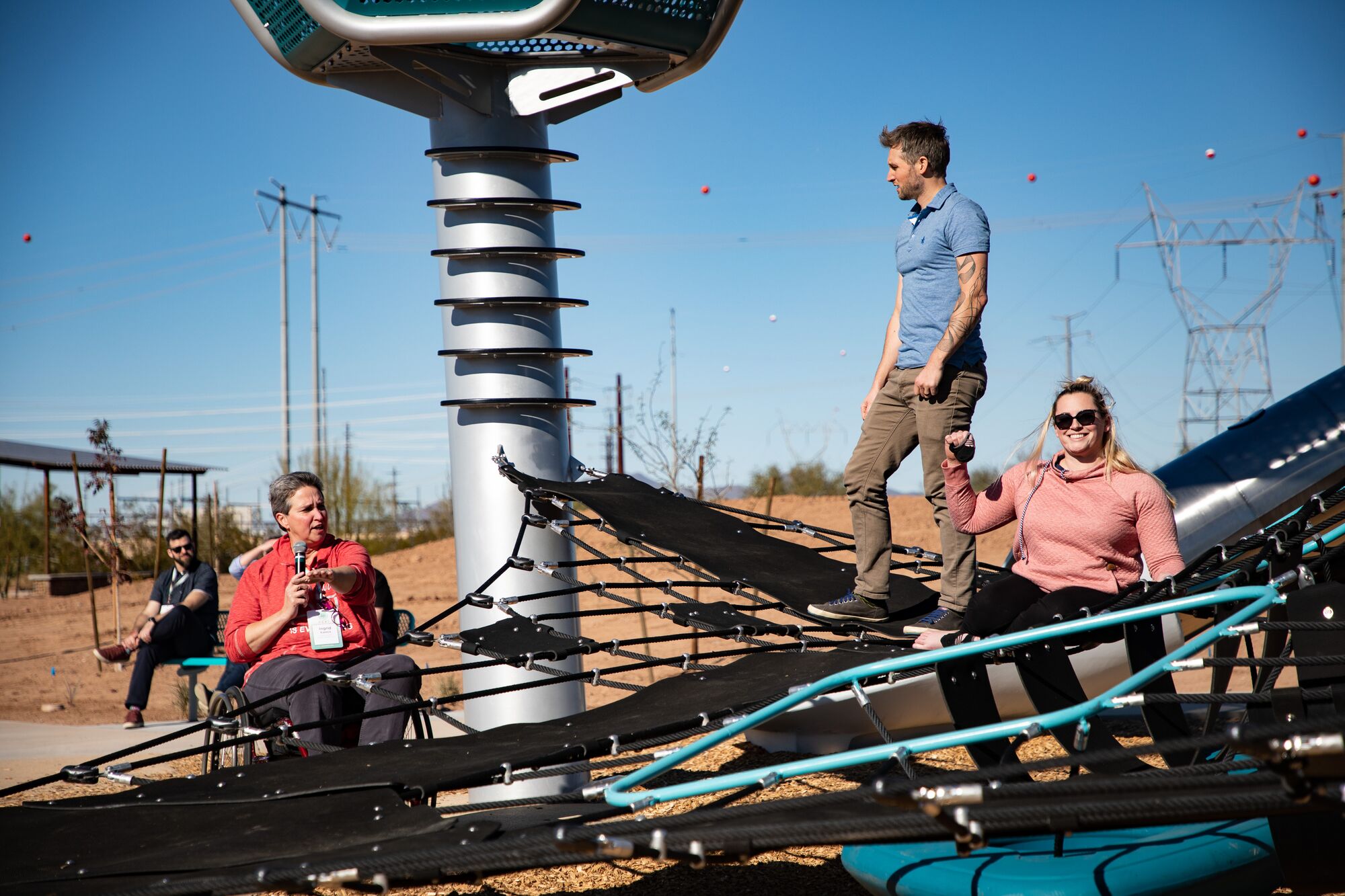
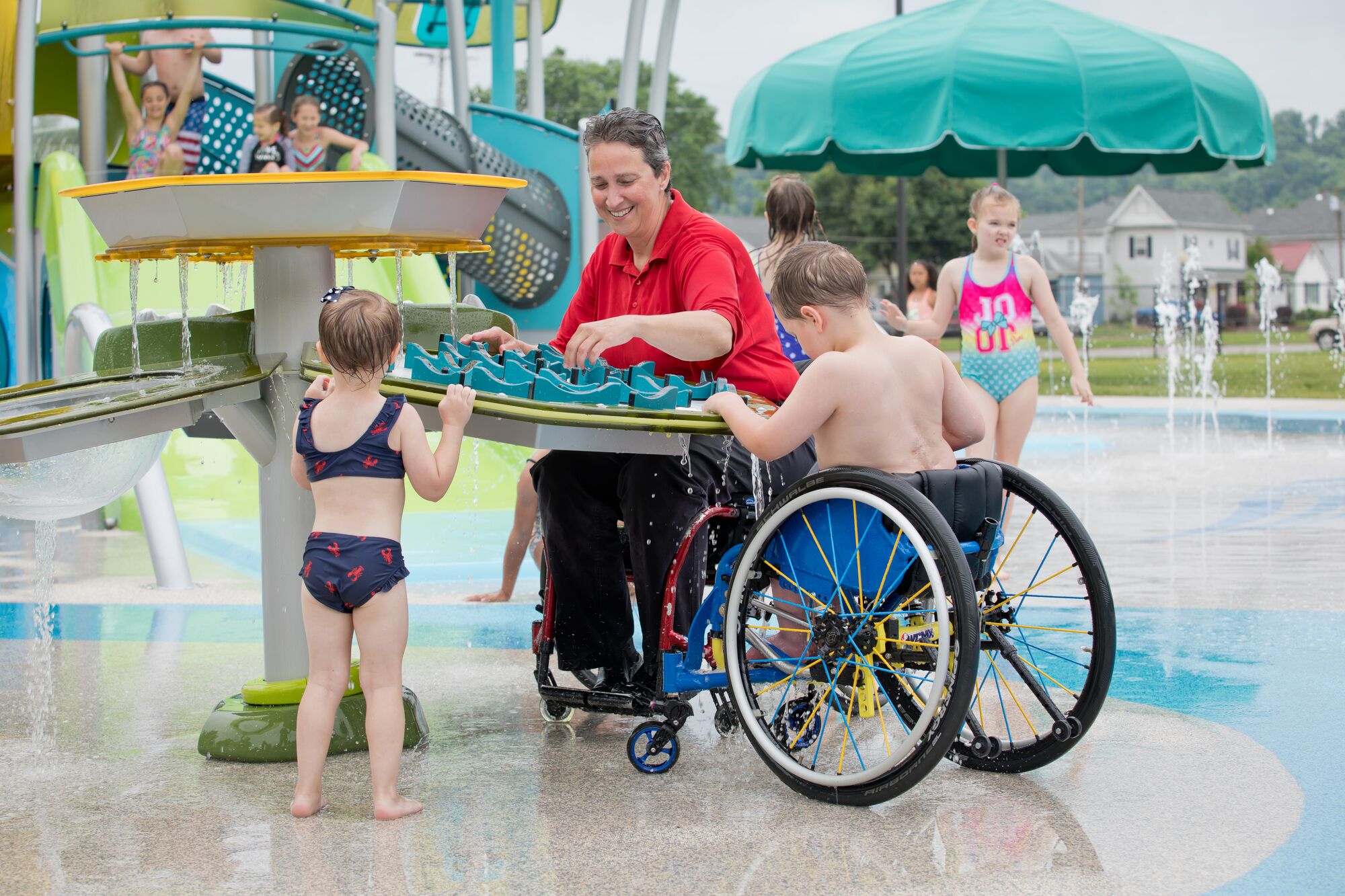
She also considers inclusivity and how products support different populations. In her occupational therapy role, Ingrid has worked with kids with a variety of health conditions and sensory needs. She thinks about how each kid would benefit from a new product, along with other kids of varying abilities, with a consistent goal of creating inclusive play spaces where kids of all abilities can interact face-to-face.
At Landscape Structures, Ingrid has been involved from the ground up with what she calls the “We” Collection, which includes the We-Go-Swing as well as an inclusive see-saw (the We-Saw™) that is easier to access and offers space in the middle for kids who want less movement. It also includes the We-Go-Round™, a modern take on a merry-go-round, that has room for kids and adults using mobility devices and allows them to help support motion.
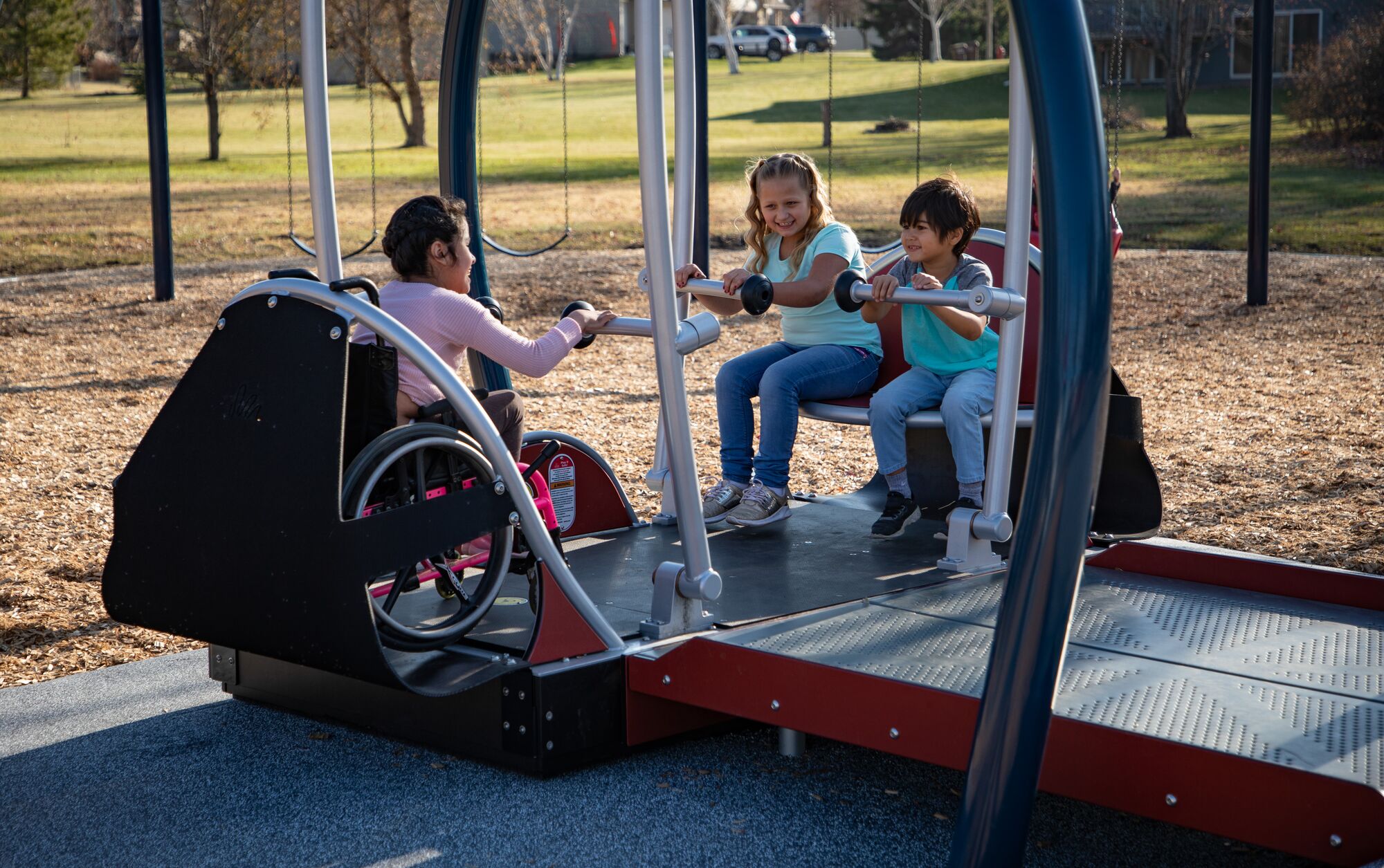
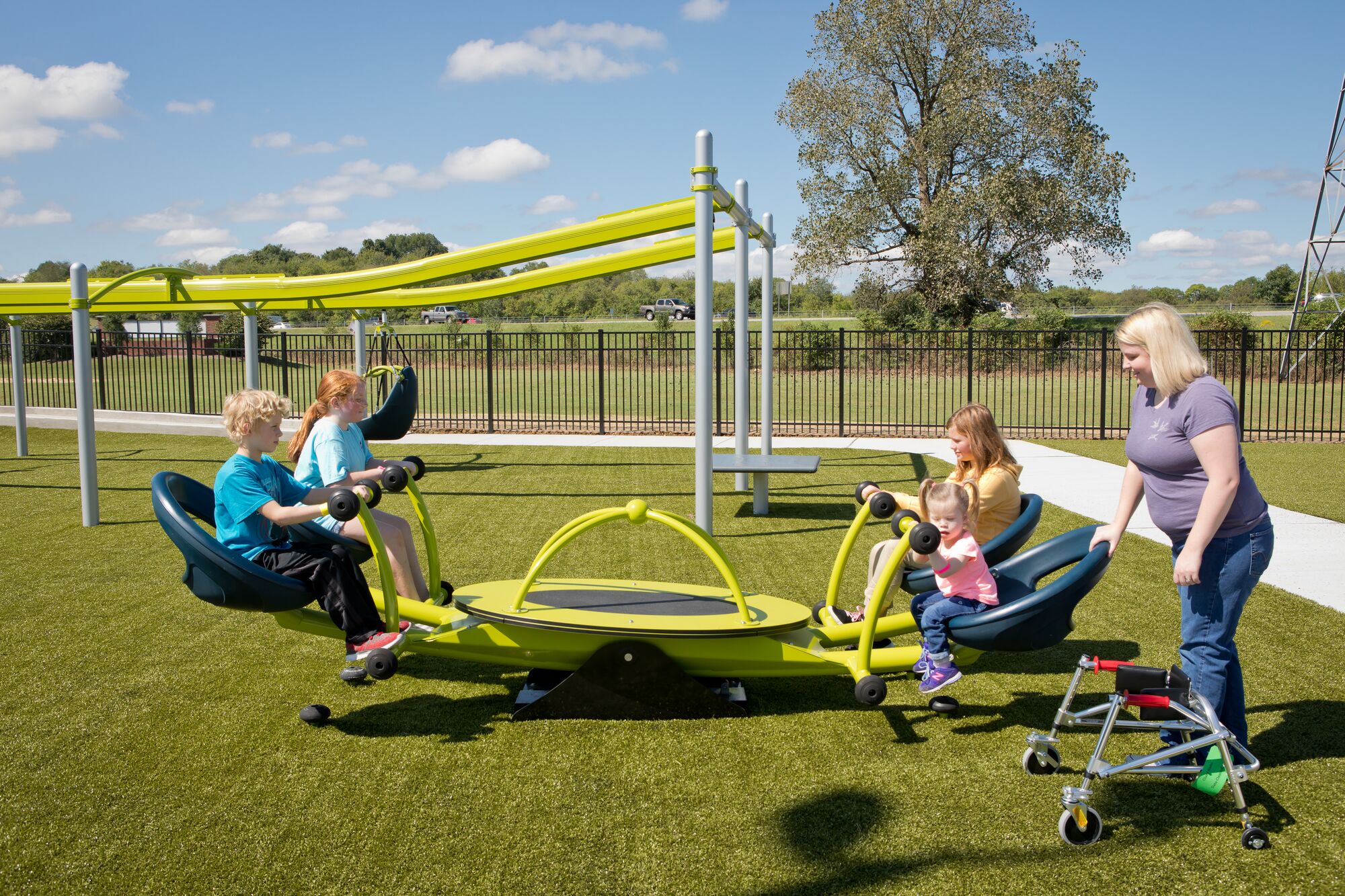
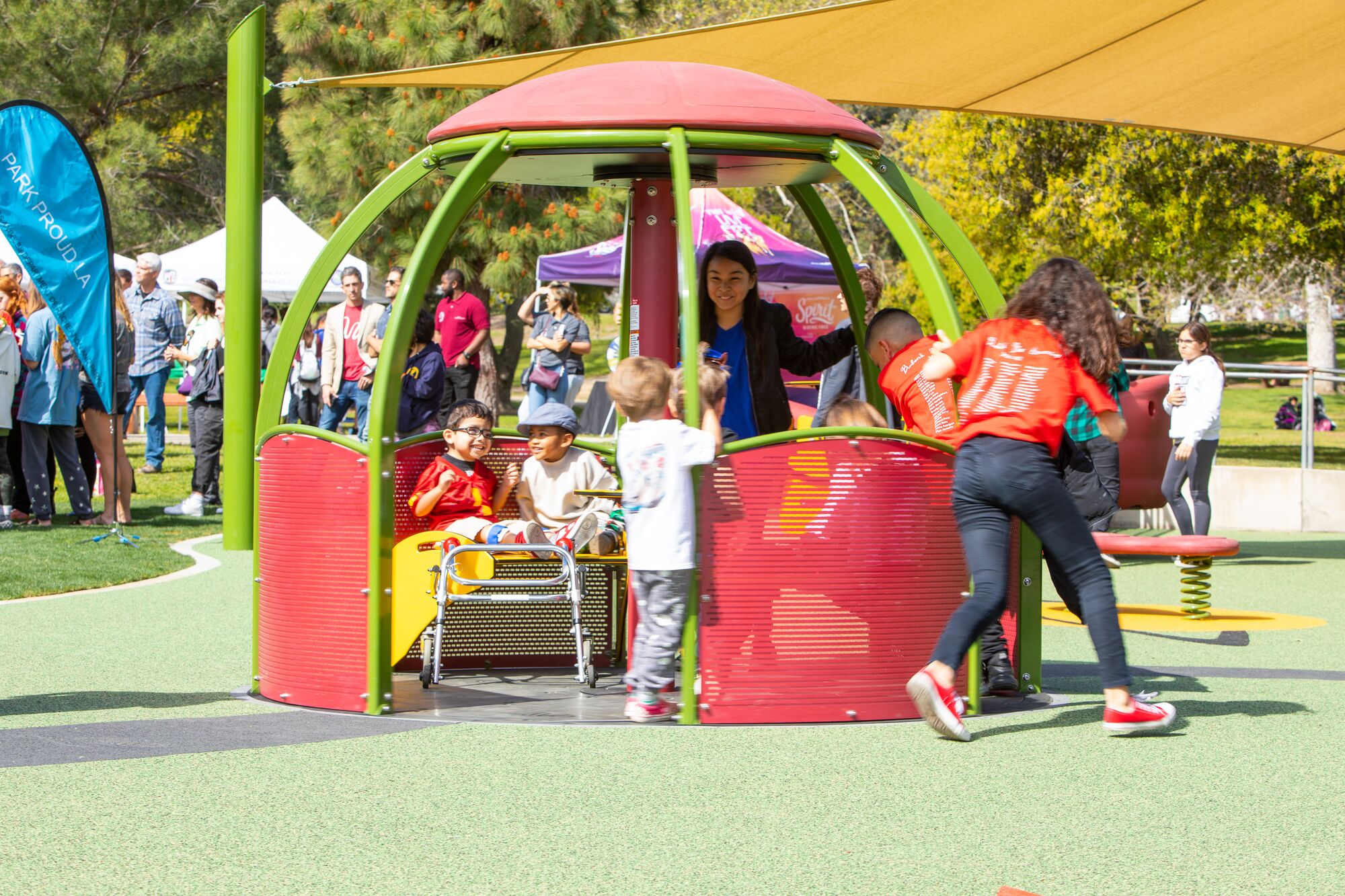
All three elements are about cooperation, socialization and working together to have fun. And, all allow parents, grandparents and other adults with disabilities to play with their children. That’s important to Ingrid, who’s always thinking about Wounded Warriors who come home and want to remain vital members of their communities. Her life and experiences give her a firsthand understanding of the desire to stay involved and the vitality we all have to offer—and her work helps people live more fully, one play experience at a time.
Tap into Ingrid’s experiences and expertise! She’s available to present sessions about inclusion, inclusive play space design, multigenerational design and evidence-based playground design to your community or organization. Browse our education offerings, and schedule one today.

